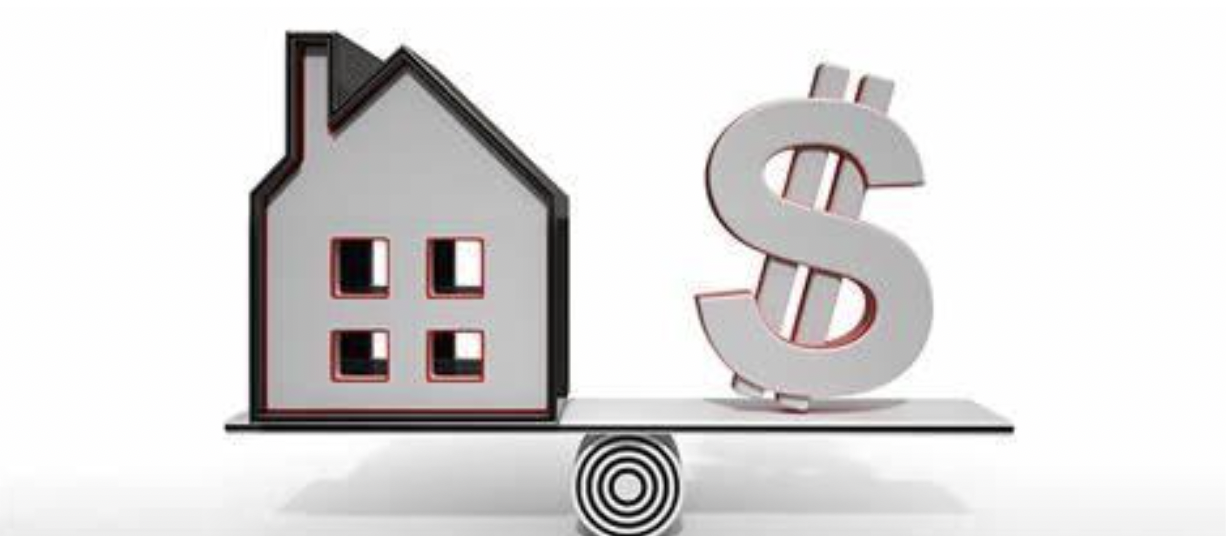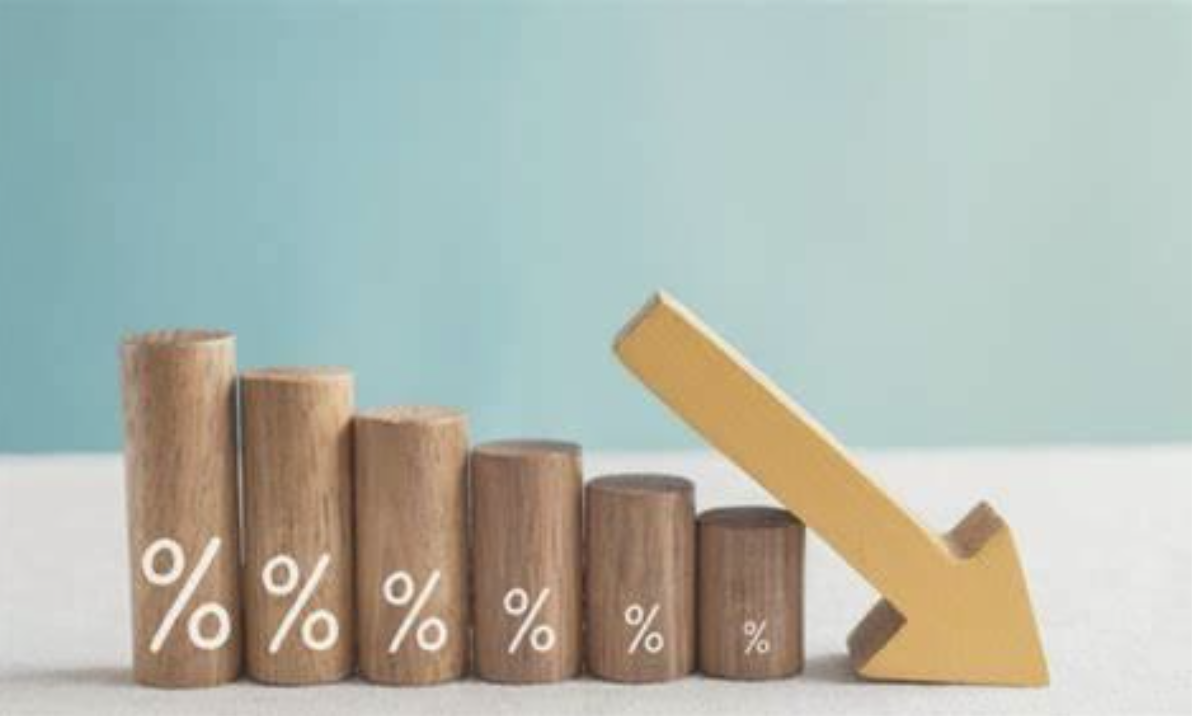Loans are a good thing if you use them responsibly and take them only as a last resort or for some big things, like buying a house. But you should only do that if you can afford to borrow for a certain period. It means that you have a stable job, solid income, and above all, good financial habits. Manners of preserving your ‘financial health’ are explained on this page.
Many times, people overestimate their financial abilities. That’s how they end up in debts, with poor credit ratings, and stuck in a vicious circle of never-ending payments. Unless you change something, you can be in a problem for a long, long time. So you should act preventively and gather your debts in a single installment.
Refinancing under these conditions is impossible, at least not if your credit standing is very bad. A low credit score won’t automatically exclude you from refinancing but will prevent you from receiving the best terms. So you should think twice before getting into a refinancing arrangement. Some reasons for this decision are justified.

You Can’t Manage Multiple Debts
If you have multiple debts to settle each month, you probably sometimes skip or simply forget to pay an installment. If it’s only a few days, it’s not a big deal. But if you noticed that mishap when the next installment was due, that could be a problem. And if that happens too often, you need a better way to manage your financial duties.
Refinancing enables you to consolidate several accounts with different interest rates into one monthly payment. That can help you keep a better record of your debt. Besides, it can help you avoid missed payments, late fees, and overdraft charges.
So, if you are looking for ways to save money and get rid of your debt, refinancing may be a great option. Keep in mind that its installment can be a bit higher than the installments you’ve paid so far. But it includes all principals and interests in one, so paying overall interest over time will be much lower than if you’d pay every loan separately.
You Can Catch the Moment
People who get a mortgage to buy real estate get used to the fact that they will pay off their dream house in the next few decades. But those who follow the financial market know that its conditions change frequently. Interest rates can’t be unfavorable at any time, as many factors affect them.
But there are periods when borrowers can ‘grab’ low interests and more favorable refinancing offers. It should match with your good credit score and financial standings. It means you should be free of unnecessary debts and purchases when you apply for refinancing.
The rule of thumb is to refinance your debts if you can decrease the interest rate by 1% or more. You can even go with a shorter-term loan as your monthly installment won’t change much. That can bring significant savings and help you get rid of debts faster. Plus, it will allow you to build your home equity faster.
You Want to Get Rid of Mortgage
You are planning to sell the house you bought with the loan for some reason. While that’s possible and permissible, it is often undoable. Buyers simply avoid real estate that carries any type of lien, like mortgages or unpaid taxes. So if you advertise your home while still repaying it, the chances of selling it are almost none.
The solution is to get rid of the mortgage with a new loan and thus speed up its sale. By picking the right time to apply for refinancing, you will remove private mortgage insurance from your property, pay off all your debts with a single loan, and improve your financial standings.
You Plan to Stay in a House
Before refinancing your mortgage, consider how long you plan to stay in your current home. If you plan to stay there for a few years, cashing out your equity can help you save money. You may benefit from refinancing your current loan into a fixed-rate mortgage.
It is not easy to decide when to refinansiering med lav rente (apply for a low-interest refinance loan). But that certainly doesn’t seem right at the beginning of the current mortgage repayment. That point usually comes after a couple of years, when you have already repaid a certain amount of interest and principal.
It’s advisable to know the closing costs of a new loan before deciding. They should be divided with the annual savings that refinancing would bring you. That ratio represents a break-even point – the number of years to stay in a home to recoup refinancing costs. You can easily calculate this ratio using handy tools on the lenders’ websites.
Cash-Out Your Equity
Refinancing a mortgage is a great way to free up some cash and reduce your monthly payment. If you have some plans for the future but not enough money, you can cash out your home equity. But you can do that only if the value of your property is higher than the refinance loan amount.
Also, remember that you’ll need to get a new appraisal for your home. This equity will be something like a down payment for your new loan. So you should do the appraisal at a favorable moment when real estate prices go up.
Suppose your home doesn’t meet the refinancing requirements. In that case, you have two options – to provide a large cash deposit or carry private mortgage insurance. Both can be significant out-of-pocket expenses. So you should either wait for a favorable moment or make some home improvements to increase its value.
Whether you’re looking for a lower interest rate or a shorter loan term, refinancing is an excellent way to improve your finances. It can shorten the time and monthly payments and relieve you of financial burdens. The requirements for refinancing a mortgage will vary depending on lenders. So you have to check them thoroughly before applying.





